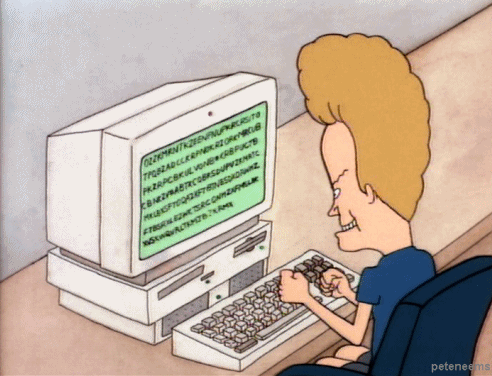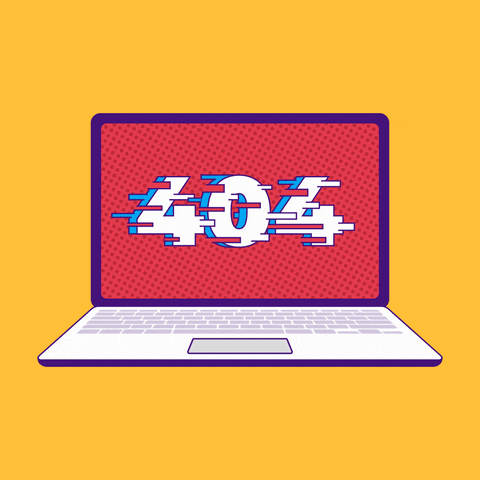How To Teach Yourself To Code From Scratch
By: Nathan Kim ‘24
As technology is becoming more and more integrated into our everyday lives, it’s useful to pick up some skills to become more technologically savvy. Coding would be considered one of these skills to have because it can be utilized in virtually any field and can be a tool as one’s personal hobby. To anyone learning how to code from scratch, it may seem like climbing Mt. Everest because of the sheer amount of information and how it requires a different way of thinking. However, there are now tons of online resources that one can use to teach themselves at their own pace. Still, it is definitely confusing to navigate this whole field alone, so here are some ways that you can teach yourself to code and also resources that might be helpful to you.
1. Choosing a website/lesson plan.
I’ll start off by listing a couple of the best websites to start off your journey from where all you need to do is simply sign up and follow the lessons that they have. The Odin Project, freeCodeCamp, OSSU, and Codecademy are websites for those that have no knowledge about computer science and simply want to dip their toes into the field and see what it’s like. Also, various universities like Harvard and MIT have online classes that students can take for free, which can give a similar basic foundation to coding. The great thing about these online programs and courses is that they have a full curriculum that you can go through and get a somewhat solid understanding of the basics of coding. They have their own forums and communities that you can use to get help during the course, and they also have huge communities separate usually on Reddit.
2. Choosing a language.
From here, you have to choose what type of coding you want to learn. There are languages considered “front-end,” which include HTML, CSS, and Javascript, where you learn how to create websites and make what people see, and there are languages considered “back-end”, which include Java, C++, and Python, where you learn more of the behind-the-scenes work and making programs work. It’s recommended that you start with front-end because it is easier and more fun to learn and then move to back-end once you have a strong grasp. It’s important to spend at least a couple of hours each day on these courses so that the concepts that you learn are constantly reinforced and connected with one another, and you will gradually understand and visualize how each language relies on each other.
3. Building your own projects.
After completing a few of these courses, the next step to take is to start building your own projects. It can range from your own personal website, a video game, or even a research project, but this is key because it helps you to struggle through different concepts and string them together into a cohesive web. As you start coding your projects, you will inevitably run into loads of problems that you will have to search on the Internet to find previous solutions for, so it is also necessary that you learn how to search for answers in the best possible way. It’s the struggle through getting stuck and figuring things out that helps you learn more and more about coding. And slowly but surely, you will find yourself having a solid picture of computer science, and coding will soon become second nature to you.
Want more from Trojans 360?
Visit Trojans 360 on Facebook & Twitter to stay up to date with more student content! You can also Ask A Trojan an anonymous question, and we’ll try to answer it in a future post. And don’t forget to follow us on Instagram!
Trojans 360 is USC’s official student-run blog. Content created by students, for students.




